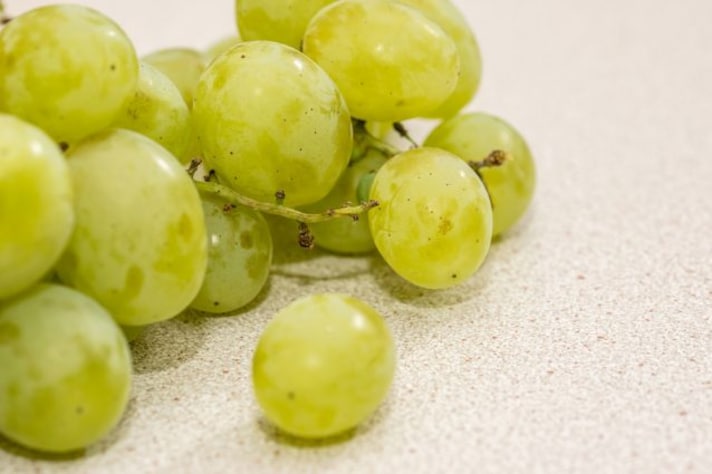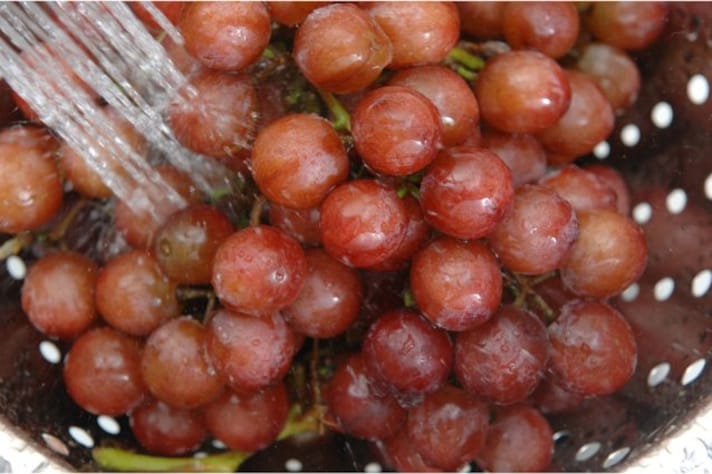
Grapes are a beloved fruit enjoyed by many for their sweet taste and juiciness. However, you may have noticed a curious white residue on some grapes, leaving you wondering what it is and whether it's safe to eat. In this article, we'll delve into the causes of the bloom on grapes, its potential effects on health, and how to handle it.
What Causes the White Stuff on Grapes?
The white residue commonly found on grapes is known as bloom or "gut," and it's a natural occurrence. Bloom is a waxy coating produced by the grape itself as a protective layer against moisture loss, microbial growth, and pests. It's more noticeable on some grape varieties, particularly darker ones like red and black grapes.
In addition to bloom, another possible cause of white residue on grapes is yeast. Yeast naturally occurs in the environment and can settle on the surface of grapes, especially if they're exposed to damp conditions. This can result in a powdery white appearance on the grape skin.

Occasionally, pesticide residue may also contribute to the white film on grapes. Pesticides used in grape cultivation can leave behind a powdery residue, although stringent regulations aim to minimize pesticide levels on produce.
Is the White Stuff on Grapes Harmful?
The presence of bloom or yeast on grapes is generally not harmful and does not indicate spoilage. In fact, bloom serves as a protective barrier, helping to maintain the freshness and quality of the grapes. However, if grapes appear moldy, discolored, or have a foul odor, they should be discarded as they may be spoiled.
While the white residue itself is not harmful, it's essential to wash grapes thoroughly before consuming them to remove any potential contaminants, including dirt, pesticides, or microbes.
How to Remove the White Residue From Grapes
If you prefer to remove the white residue from grapes before eating them, you can do so easily with a gentle rinse under cold water. Simply place the grapes in a colander or strainer and rinse them under running water, rubbing them gently with your fingers to loosen any dirt or residue.

Alternatively, you can soak the grapes in a solution of water and vinegar for a few minutes before rinsing them. Vinegar can help dissolve any wax or residue on the grape skin, leaving them clean and ready to eat.
How to Minimize the Formation of White Residue on Grapes
Although it doesn’t pose harm to human health, the bloom can cause an offputting texture when eating grapes. Here are a few things you can do to avoid the formation of this white residue on your grapes:
Choose fresh, high-quality grapes from reputable sources and store them in a cool, dry place away from direct sunlight to prevent moisture buildup. Wash grapes thoroughly before consumption, even if they appear clean, to remove any potential contaminants. Consider purchasing organic grapes, which are grown without synthetic pesticides and may have less residue on the surface.
;Resize,width=767;)
